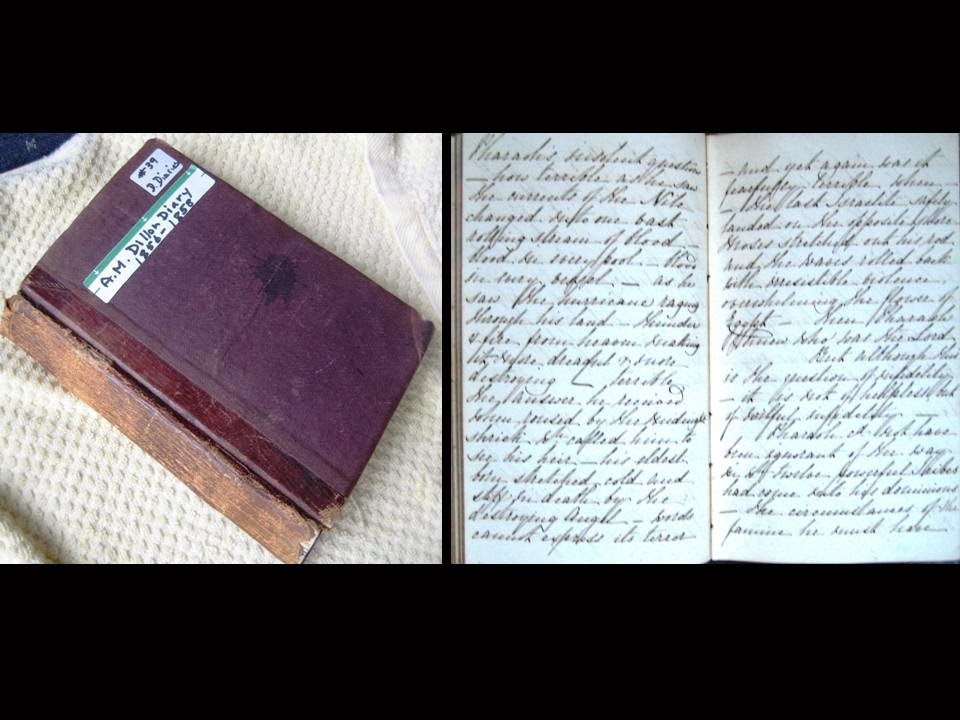AMIDST TALL ANCESTRAL TREES
Here in the Temperate Rainforest where I live, we are surrounded by ancient trees reaching for the skies. They are Douglas Firs, Cedars, Balsam Firs, Hemlocks and Spruces. Deciduous trees shade us in the summer - mostly Alders and Maples.
But that's all outside, in the garden. Inside, trees provide cover too. They are on the walls, sometimes even turning the corners and exiting rooms! They are elongated, or circular or crumbled into brown pieces inside envelopes. Sometimes they droop a bit, like their outside counterparts.
Cameraman Brennen Cross was here under the trees last week, and he said:
"I'll film THAT!"
Family Trees that hang on walls are a marvellous resource, but only if the information is correct!
When it came time to write Dr. Dillon's book I consulted the trees my grandfather had drawn, I checked those my mother had sketched and I examined those penned by uncles and aunts. I read a book an Archbishop had written about our family. Each of these had different trees of the same family.
There was some agreement - 4 children in total. Dr. Dillon was one. He had a brother John, a Minister, and two sisters, Jane (whom we met in another post) and Anna Maria.
One Family Tree said Dr. Dillon had been the eldest of 4, another declared him to be the youngest and the baptismal records said, "all children were baptised in the same year." Now - I'm quite sure all those 4 kids were not born in the same year!
What to do? Where to turn?
In a file labelled "Anna Maria" I found a diary, 1856 - 1858:
 |
| Anna Maria's Diary, closed and open |
I decided I could transcribe it. Not an easy task, it was tough going, for two reasons:
1. as you can see the writing needs careful study to decipher, and
2. mostly the diary tells of religious matters, close to Anna Maria's heart. She married a Minister, but she had a bad case of what was called religious melancholy.
Here is Anna Maria (front, left) older than when she wrote the diary, sitting on the steps of the family home with her 8 children. I took pity, and got going, one hour per day for three months. I left out her religious agonies, and these gems began to glow:
 | ||
| Top: Friday, 25th May 1857, and Bottom: August 23rd, 1857 |
Top entry says: Friday, 25th May, 1857 - entered this day, my twenty-fourth year.
Anna is 23 in 1857, born 1834
Bottom entry says: Aug. 23rd Jane's birthday - she enters her 23rd year.
Jane is 22 in 1857, born 1835
Anna is older than Jane. First piece of puzzle.
I checked Dr. Dillon's Navy Records - born in 1837
I checked plaque on church wall for John - it reads 1839 - 1912
Family order was: Anna Maria, Jane Catherine, Dr. W. E. Dillon, Rev. John Dillon
This Family Tree is in Dillon's book. Accurate now. A sturdy tree.
Next post: Let's Go Exploring!













